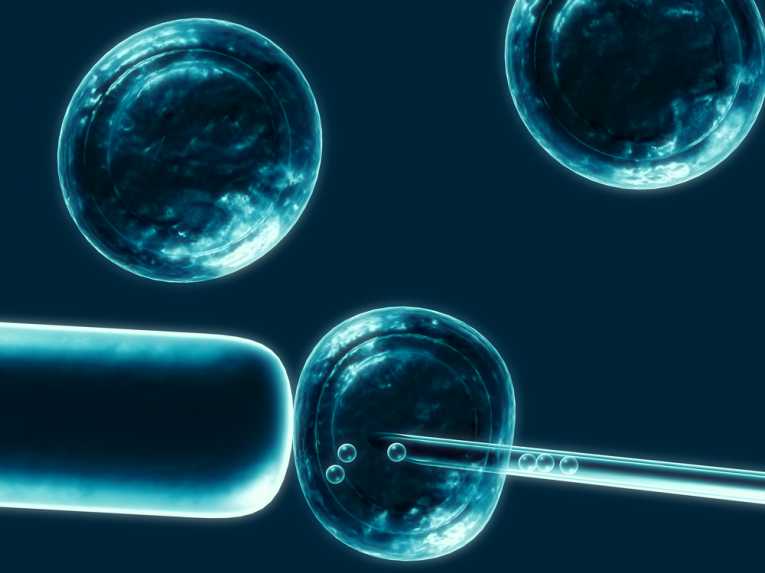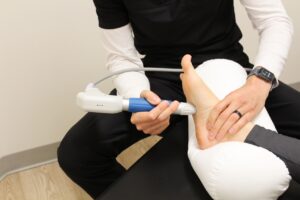Imagine a world where damaged areas can heal themselves, chronic diseases can be cured, and wounds heal without scarring. That’s the incredible promise of stem cell biotechnology, an emerging field that is changing the current medical paradigm. Stem cells are the only cells that can differentiate into other cell types. This means they have unparalleled healing and regenerative potential. Scientists are harnessing this ability to slow heart disease, spinal cord injuries, and even aging. As new technologies continue to develop, stem cell therapies are moving from their lab-based origins to actual hospitals. The future of science is here, and it’s all about making the body grow again. Let’s take a look at how stem cell biotechnology can help the body repair itself.
What We Know About Stem Cells
Stem cells are the building blocks of the human body. They can divide and differentiate into specialized cells such as brain cells, muscle cells, and blood cells. Embryonic stem cells, adult stem cells, and induced pluripotent stem cells (iPSCs) are a few different types of stem cells. Embryonic stem cells can differentiate into any type of cell, while adult stem cells can only differentiate into a few cell types… but they can still be used to repair tissue. IPSCs are lab-grown cells that have been engineered to behave like embryonic stem cells, which is more ethically advantageous. Scientists use these cells to test new drugs, replace damaged tissue, and treat diseases that worsen over time. The science is hard to understand, but the potential is enormous.
New Advances in Regenerative Medicine
Recent advances are making stem cell treatments a reality. Organoids (miniature organs) have been safely grown in the lab, allowing scientists to study diseases and test treatments. In clinical trials, stem cells have helped blind people see again, heart patients repair heart tissue, and people with spinal cord injuries move better. In a groundbreaking study, stem cells were used to grow new pancreatic cells in people with diabetes, reducing their insulin needs. Another study showed that a stem cell patch could repair damaged knee cartilage, offering hope for people with arthritis. These developments show that regenerative medicine is now a reality, not just science fiction.
Ethical Considerations and Questions
Stem cell biotechnology holds great promise, but there are also ethical and technical issues. Because embryonic stem cells destroy the embryo, ethical concerns still exist about using embryonic stem cells. To address these issues, researchers are exploring technologies such as induced pluripotent stem cells (iPSCs). Another issue is ensuring that donated stem cells can integrate safely into the body and prevent tumor formation or immune rejection. Obtaining regulatory approval can also slow the process, as stem cells must be rigorously tested to ensure their safety and effectiveness. Public misunderstanding and high medical costs hamper the promotion of stem cell therapies. To advance the further development of stem cell therapies, a balance must be struck between innovative ideas and ethical responsibilities.
The Future of Stem Cell Biotechnology
The future of stem cell science looks bright. Scientists are studying gene editing techniques like CRISPR to improve stem cell therapies, making them more precise and effective. Personalized medicine allows treatments to be tailored to a person’s genetic makeup for better outcomes. Bioprinting technology, which uses 3D printers to create organs and cells, is expected to alleviate the shortage of organ transplants. As research deepens, we may be able to find treatments for Alzheimer’s, Parkinson’s, and other currently incurable diseases. Stem cells could be at the heart of healthcare transformations in the coming decade. The dream of curing diseases and creating new lives is becoming a reality.
Conclusion
Stem cell biotechnology is changing medicine and offering hope where other methods have failed. It has a wide range of applications, from treating chronic diseases to regenerating damaged organs. While ethical and technical issues remain, these are being addressed through ongoing research. In the future, lab-grown organs, personalized treatments, and even reversing aging could become possible. As science advances, stem cell treatments will become increasingly accessible, changing the lives of people around the world. Regenerating and repairing the body is no longer just a dream but the next big breakthrough in medicine. The revolution has already begun, and there are many things that can happen in the future.
FAQs
1. What are stem cells? Why are they important?
Stem cells are immature cells that can differentiate into different cell types. This makes them essential for healing and growing new tissue.
2. Are stem cells safe to use?
Stem cell therapies show promise, but they are still being researched. Some treatments have been approved by the U.S. Food and Drug Administration (FDA), but untested clinics may offer dangerous treatments.
3. What diseases could stem cells treat?
Stem cells could potentially help patients with heart disease, diabetes, Parkinson’s disease, spinal cord injuries, and even some forms of cancer.
4. What is the difference between embryonic stem cells and induced pluripotent stem cells (iPSCs)?
iPSCs are adult cells that are programmed to function like embryonic stem cells. This circumvents the societal issues associated with using embryos.
5. When will most people be able to receive stem cell therapy?
Some therapies are already in use, but they will not be widely available until they have completed clinical trials, received government approval, and made technological advances.




